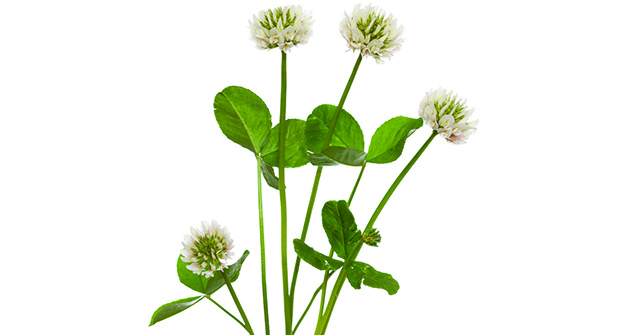Pruning trees or shrubs can be performed at any time during the year. Landscape pros can perform pruning if branches are in the way or if a tree or shrub has outgrown its space and poses a threat to things around it. Pruning also can involve:
- Trimming back small tree branches (the size that can be cut with handheld lopping shears);
- Lightly shaping hedges to keep their shape;
- Removing dead or diseased branches;
- Thinning out a crowded center that’s preventing airflow, which can cause disease; and
- Taking care of crossing or rubbing branches, which may create a wound for disease or insects.
If the shrub is unhealthy or half dead, cutting it back to about 6 to 8 inches will be beneficial. For most shrubs, pruning is a forgiving task. Once you learn how each plant grows, you can correct previous pruning mistakes as you go. With a little practice, pruning becomes intuitive and is a quick way to revitalize a yard or garden.
Shearing involves trimming off the tips of branches and is best used for formal hedges and topiaries that require a maintained shape. Shearing is the only way to promote thick growth and keep the desired shape.
Most pruning tools have an arc-shaped blade that will slice through small branches. They come in different shapes and sizes to meet the requirements of different ways of pruning. Read carefully to determine which type of tool to use.
Scissor action pruners involve two sharp blades sliding past each other. These are also known as pole pruners.
Anvil cut pruners have one blade slicing against a wide, flat surface. These are also known as hand pruners.
Manual hedge clippers or shears have long, straight blades and are used for cutting small, green branches and tips. They are ideal for shearing formal hedges.
Power hedge clippers can be battery operated for smaller branches or gas powered for larger branches. The blades are flat, look like teeth and slide back and forth quickly, creating a cutting action.
Hand pruning saws come in a variety of shapes and sizes with blades designed for larger branches and small trunks. This type of saw looks similar to a serrated knife and usually folds for easier transport.
Always take a step back and look at what you have pruned so far. Are you taking off too much or making it lopsided? While a trimmed shrub can become somewhat rounded, you may want to keep some natural wisps to it.
Source: Greenius

